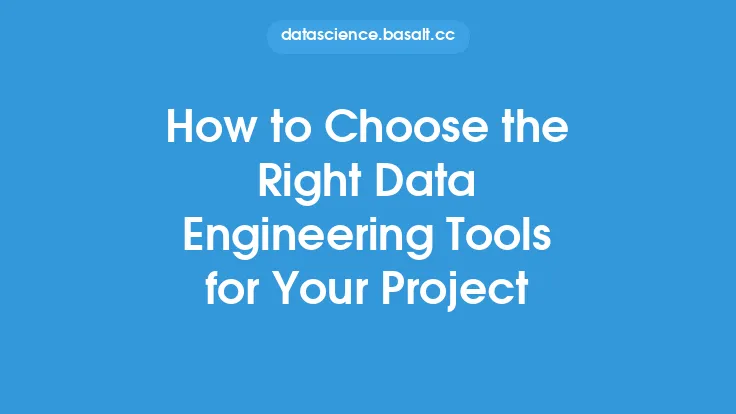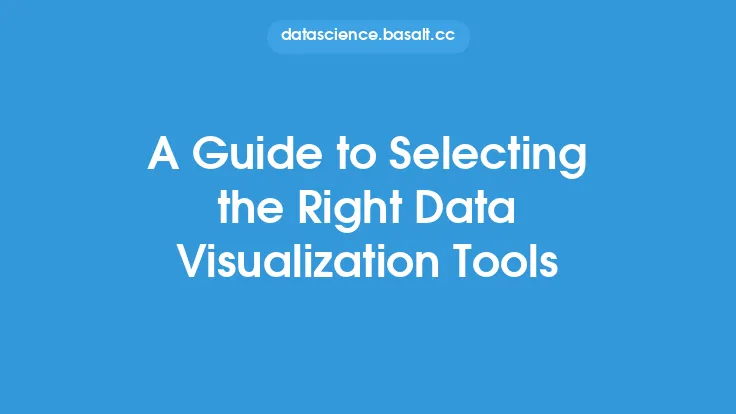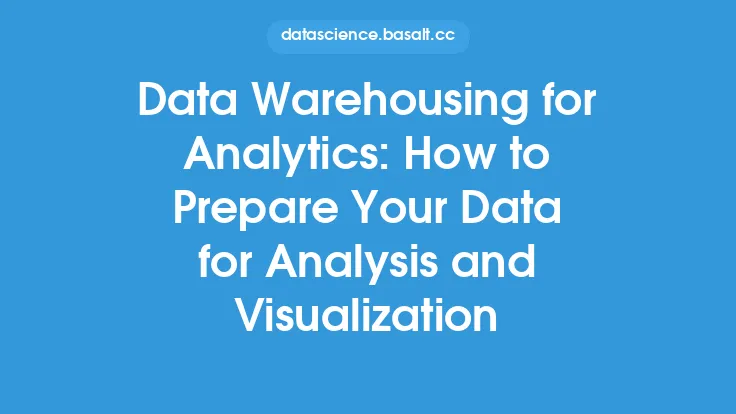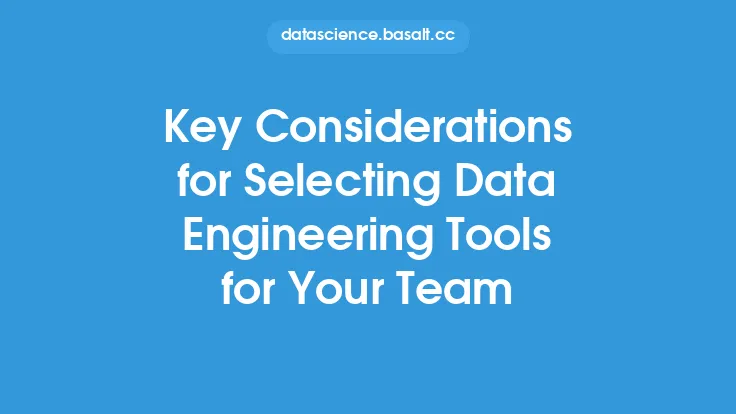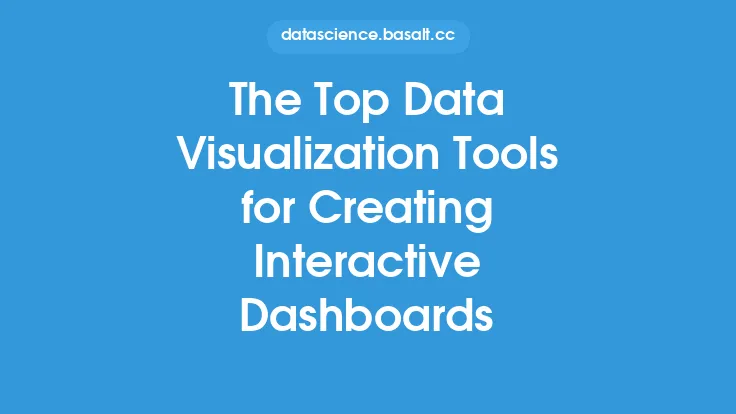When it comes to selecting the best data visualization tool for a project, there are several factors to consider. The goal of data visualization is to communicate complex information in a clear and concise manner, and the right tool can make all the difference. With so many options available, it can be overwhelming to choose the best one. In this article, we will explore the key considerations and steps to take when selecting a data visualization tool.
Understanding Your Project Requirements
Before selecting a data visualization tool, it's essential to understand the project requirements. What type of data do you need to visualize? What is the purpose of the visualization? Who is the target audience? Answering these questions will help you determine the features and functionality you need in a data visualization tool. Consider the size and complexity of your dataset, as well as the level of interactivity and customization required. For example, if you need to visualize large datasets, you may require a tool with advanced data handling capabilities. On the other hand, if you need to create interactive dashboards, you may require a tool with robust filtering and drill-down capabilities.
Evaluating Data Visualization Tool Options
Once you have a clear understanding of your project requirements, it's time to evaluate data visualization tool options. There are many tools available, ranging from simple and intuitive to complex and advanced. Some popular options include Tableau, Power BI, D3.js, and Matplotlib. When evaluating tools, consider the following factors:
- Data handling capabilities: Can the tool handle large datasets? Are there any limitations on data size or complexity?
- Visualization options: What types of visualizations are available? Are they customizable?
- Interactivity: Can users interact with the visualizations? Are there filtering and drill-down capabilities?
- Integration: Can the tool integrate with other tools and systems? Are there APIs available for customization?
- Cost: What is the cost of the tool? Are there any licensing fees or subscription requirements?
- Support: What level of support is available? Are there tutorials, documentation, and community resources available?
Technical Considerations
When evaluating data visualization tools, there are several technical considerations to keep in mind. For example, consider the data formats supported by the tool. Can it handle CSV, JSON, and other common data formats? Are there any limitations on data types or structures? Additionally, consider the tool's performance and scalability. Can it handle large datasets and high traffic? Are there any optimization techniques available to improve performance?
Another technical consideration is the tool's security features. Are there any authentication or authorization mechanisms in place? Are data encrypted in transit and at rest? Finally, consider the tool's extensibility and customization options. Are there APIs available for integrating with other tools and systems? Are there any plugins or extensions available for adding new functionality?
User Experience and Adoption
When selecting a data visualization tool, it's essential to consider the user experience and adoption. How easy is the tool to use? Are there any tutorials or documentation available to help users get started? Consider the tool's interface and usability. Is it intuitive and easy to navigate? Are there any features or functionality that may be confusing or overwhelming for users?
Additionally, consider the tool's adoption and community support. Is the tool widely used and adopted? Are there any community resources available, such as forums or social media groups? Are there any user groups or meetups available for networking and learning?
Best Practices for Selecting a Data Visualization Tool
When selecting a data visualization tool, there are several best practices to keep in mind. First, start by defining your project requirements and goals. What do you need to achieve with your data visualization? What type of data do you need to visualize? Next, evaluate tool options based on your requirements. Consider factors such as data handling capabilities, visualization options, interactivity, integration, cost, and support.
Another best practice is to try before you buy. Many data visualization tools offer free trials or demos. Take advantage of these to test the tool and see if it meets your needs. Finally, consider the tool's scalability and flexibility. Will it grow with your project and adapt to changing requirements? Are there any customization options available to meet specific needs?
Conclusion
Selecting the best data visualization tool for your project requires careful consideration of several factors. By understanding your project requirements, evaluating tool options, considering technical factors, and prioritizing user experience and adoption, you can make an informed decision. Remember to follow best practices, such as defining your requirements, trying before you buy, and considering scalability and flexibility. With the right data visualization tool, you can create effective and informative visualizations that communicate complex information in a clear and concise manner.
